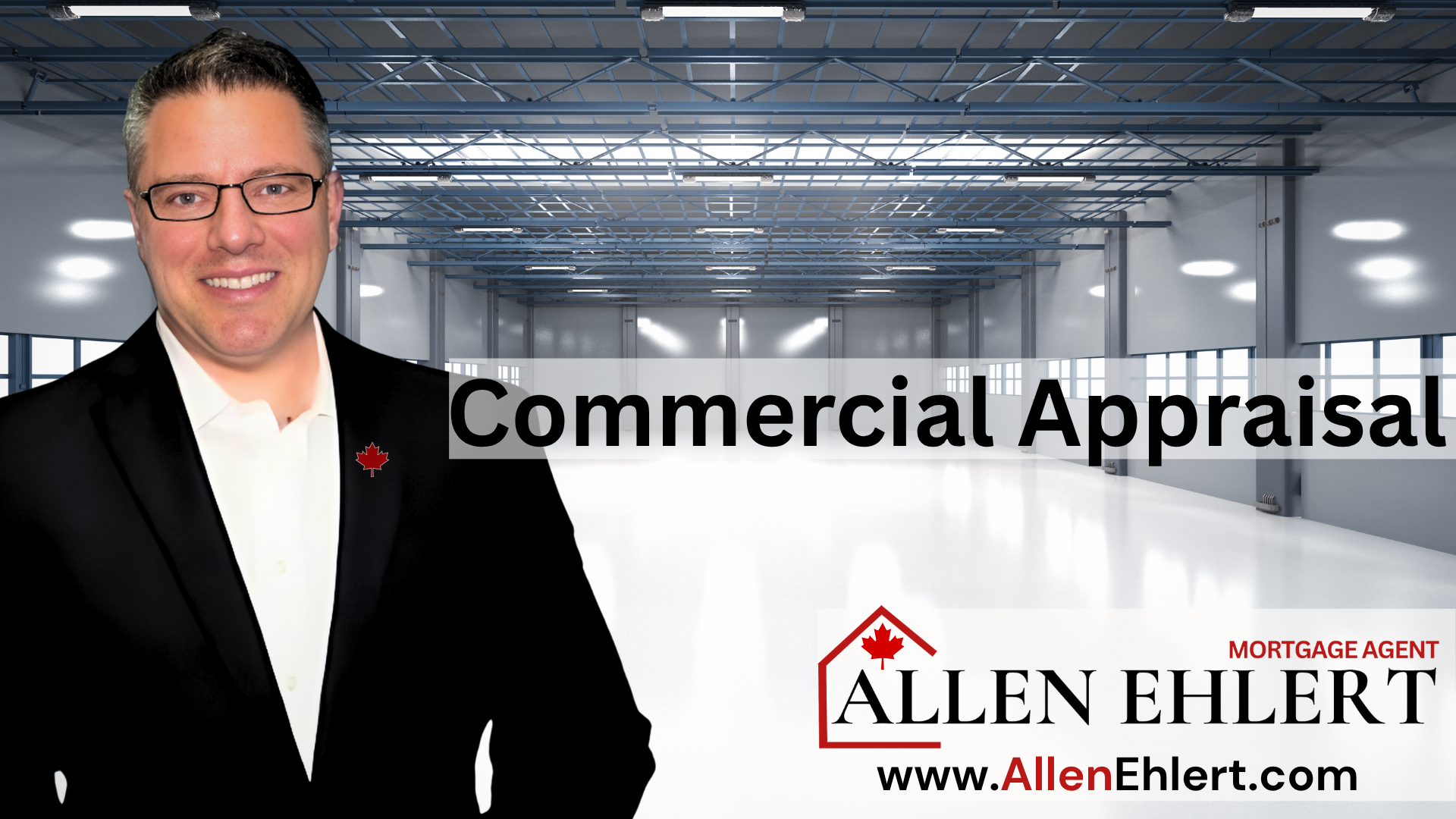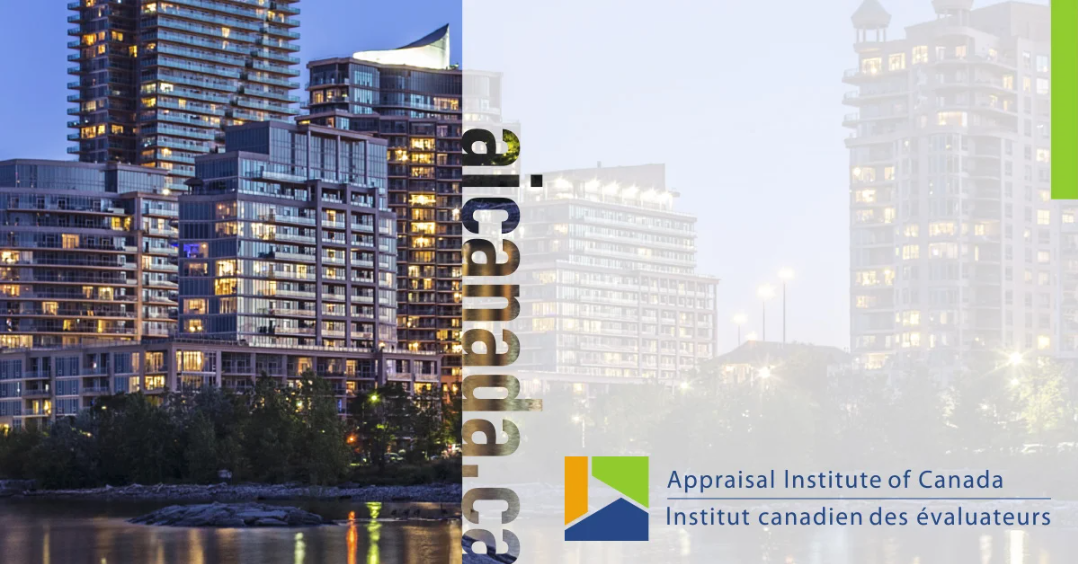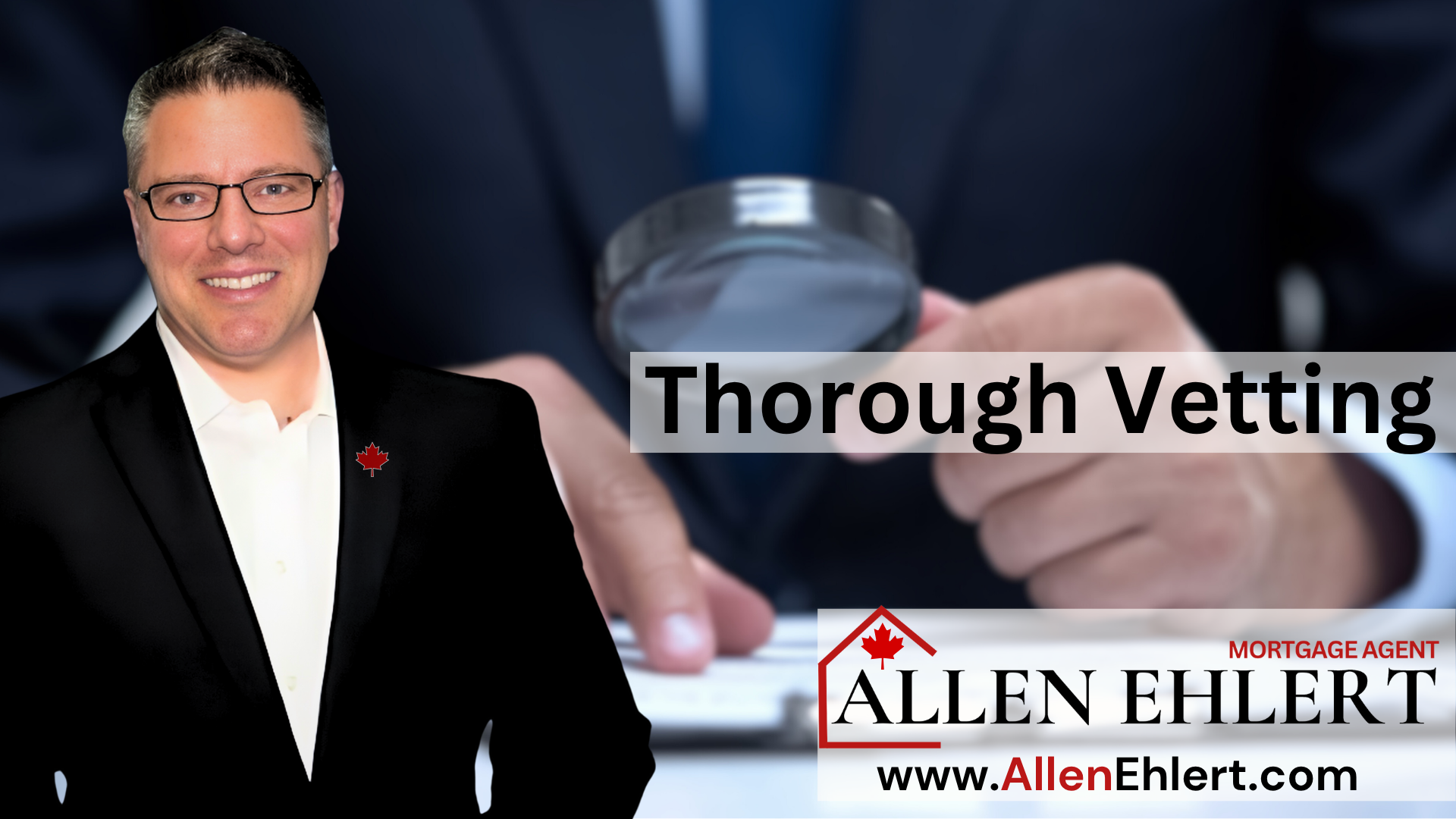When purchasing a home in Canada, one of the most significant decisions buyers face is how much to put down as a down payment. While a 20% down payment might seem like the ideal, it’s often out of reach for many Canadians—especially first-time homebuyers. This is where mortgage default insurance comes into play. While it allows buyers to enter the market sooner with a smaller down payment, it also comes with specific costs and conditions that can impact your overall home-buying strategy.
Whether you’re a realtor, financial professional, or someone interested in real estate finance, understanding mortgage default insurance is crucial for guiding clients effectively. In this article, we’ll break down everything you need to know about this insurance, addressing common pain points and providing actionable takeaways.
Key Takeaway:
If a buyer opts for a down payment of less than 20%, mortgage default insurance is not just recommended—it’s required by Canadian law.
It’s important that home buyers factor in mortgage default insurance premiums when figuring out how much they can afford to offer when purchasing a home.
What Is Mortgage Default Insurance?
Why is Mortgage Default Insurance Mandatory?
Why Mortgage Default Insurance Matters
Misconceptions About Mortgage Default Insurance
How to Get Default Mortgage Insurance

What Is Mortgage Default Insurance?
Mortgage default insurance is a policy designed to protect lenders from borrower default. It’s mandatory for homebuyers who have a down payment of less than 20%, classifying their loan as a high-ratio mortgage. The insurance mitigates the risk lenders face when approving mortgages with lower down payments, allowing borrowers to secure lower interest rates.
Why is Mortgage Default Insurance Mandatory?
For any mortgage where the buyer provides less than a 20% down payment, the lender faces greater risk. The logic is simple: the more equity a buyer has in their home, the less likely they are to default on their mortgage. Mortgage default insurance mitigates this risk by ensuring lenders are compensated if the borrower fails to repay the loan. Without default insurance, lenders would either not provide loans to those with less than 20% down, give out fewer mortgages and only to those with the very strongest profiles, and would likely charge much higher interest rates to mitigate their risk.
There is substantial risk to the Canadian financial landscape if lenders, especially those who lend out depositors’ money (like banks), give mortgages to people who may not be able to afford them if they come into financial difficulty. By having this risk insured, the risk to the Canadian economy is mitigated.
Lastly, the mortgage market is a highly competitive one, and lenders may be tempted to give loans to people who cannot afford them, such as offering no down payment mortgages. People could sign up for these mortgages thinking they can afford them, only later to discover they can’t, are suffer massive financial hardships.
The good news is mortgage default insurance allows lenders to offer lower interest rates, despite the increased risk, thereby enabling more Canadians to enter the housing market.
Why Mortgage Default Insurance Matters
While the primary purpose of mortgage default insurance is to protect lenders, it has several implications for buyers, realtors, and financial professionals alike:
- Easier Access to Homeownership:
It allows buyers with limited savings to enter the real estate market sooner. - Lower Interest Rates:
Since it reduces lender risk, insured mortgages often come with more competitive interest rates. - Fixed Requirements:
Only available for homes priced under $1.5 million, with a maximum amortization of 30 years for all first-time home buyers and buyers of new construction, or 25 years for non-first-time buyers of resale homes

Premium Payment Structure
Premiums for mortgage default insurance are based on the loan-to-value (LTV) ratio, which is the percentage of the home’s purchase price financed by the mortgage. Here’s how it works:

Example:
A home priced at $500,000 with a 10% down payment ($50,000) would require mortgage default insurance on the remaining $450,000. At a 3.10% premium rate, this equates to a $13,950 insurance premium.
Key Takeaways:
- Premiums can be added to the mortgage amount increasing the total loan balance or paid upfront (rarely done).
- Provincial sales tax on the premium must be paid upfront as part of closing costs—it cannot be rolled into the mortgage.
Real-World Examples
Imagine Sarah, a first-time homebuyer in Sudbury, has saved up $80,000 for a down payment on a $600,000 home. Since her down payment is less than 20%, she must purchase mortgage default insurance. With an LTV ratio of 87%, her insurance premium rate is 3.10%, translating to $16,120 in premiums.
Although this premium is added to her mortgage, she’ll need to pay the 8% Ontario sales tax ($1,289.60) at closing. This cost could affect Sarah’s budget, emphasizing the importance of early financial planning.
Let’s look at the Jones family, who are first-time homebuyers in Alberta. They’ve found their dream home priced at $800,000, but they only have a 10% down payment of $80,000. Since their down payment is below 20%, they’ll need mortgage default insurance.
Here’s how it breaks down:
- Home price: $800,000
- Down payment: $80,000 (10%)
- Mortgage amount: $720,000
- Mortgage default insurance premium: Approximately $22,320 (3.10% of the mortgage amount)
- Total mortgage amount: $742,320 (the original mortgage plus the insurance premium)
In this case, the Jones family will be able to roll the $22,320 premium into their mortgage, and they will not need to pay the provincial sales tax on the premium as part of their closing costs because Alberta doesn’t have provincial sales tax. That saves approximately $1,786 in closing costs over what they would have to pay in, say, Ontario, a significant expense they avoided by being in Alberta. Quebec has the highest sales tax applicable on mortgage default insurance premiums.
Misconceptions About Mortgage Default Insurance
It’s important to clarify some common misconceptions about mortgage default insurance:
- It Protects the Buyer
Many buyers mistakenly believe that mortgage default insurance protects them if they default on the loan. In reality, it protects the lender. - It’s Optional
Some buyers think they can choose to opt out of this insurance. However, if their down payment is less than 20%, it’s mandatory. - It Covers Any Type of Property
Insured mortgages are limited to homes under $1 million (increasing to $1.5 million), which can be a barrier in markets like Toronto or Vancouver.
How are Lenders Protected?
Mortgage default insurance in Canada is designed to protect lenders from the financial risk associated with high-ratio mortgages (less than 20% down payment). Here’s how it offers protection:
- Compensates for Loan Default
- Reduces Risk for Lenders
- Facilitates Lower Interest Rates
- Covers Shortfall in Property Value
- Protects Lenders’ Capital Reserves

Compensates for Loan Default
If a borrower fails to make their mortgage payments and ultimately defaults, the lender incurs a loss. Mortgage default insurance ensures that the insurer compensates the lender for the outstanding balance of the loan, including interest and legal costs, if the property is foreclosed or sold at a loss. This minimizes the financial impact on the lender, making high-risk lending viable.
Reduces Risk for Lenders
High-ratio mortgages (less than 20% down payment) are inherently riskier because borrowers have less equity in the property. Mortgage default insurance transfers a significant portion of this risk to the insurance provider. With this insurance in place, lenders are more willing to offer mortgages to borrowers with limited down payments, enabling more Canadians to enter the housing market.
Facilitates Lower Interest Rates
Since mortgage default insurance reduces the lender’s risk, lenders are more likely to offer lower interest rates for insured mortgages.
This creates a more competitive environment where lenders can extend favorable terms to borrowers, while still being protected against the risk of default.
Covers Shortfall in Property Value
In the event of a default, if the property is sold for less than the outstanding mortgage balance, the insurer covers the shortfall. For example, if a borrower defaults on a $500,000 mortgage and the property sells for $450,000, the insurer compensates the lender for the $50,000 shortfall plus any associated legal or selling costs.
Protects Lenders’ Capital Reserves
Lenders are required to maintain capital reserves to cover potential loan losses. With mortgage default insurance, lenders’ exposure to loss is significantly reduced.
This allows lenders to maintain healthier balance sheets and extend more credit to homebuyers, knowing they have an additional safety net.
Key Takeaways:
- Primary function: Mortgage default insurance provides a financial safety net for lenders in case of borrower default.
- Reduces lending risk: The insurance lowers the overall risk for lenders, enabling them to offer more competitive rates and terms.
- Broader access to mortgages: It enables lenders to approve mortgages with lower down payments and more flexible credit profiles, benefiting both lenders and borrowers.
Mortgage default insurance plays a critical role in Canada’s mortgage system, facilitating broader access to homeownership while safeguarding lenders from potential financial losses.
How to Get Default Mortgage Insurance
Homebuyers do not directly apply for mortgage default insurance themselves. Instead, the lender arranges the insurance as part of the mortgage approval process. If the buyer qualifies for a high-ratio mortgage (less than 20% downpayment), the lender will apply for mortgage default insurance on the buyer’s behalf by submitting the application to one of Canada’s three default mortgage insurance providers:
- Canada Mortgage and Housing Corporation (CMHC)
- Sagen (formerly Genworth Canada)
- Canada Guaranty
Statistics to Consider
- According to the Canada Mortgage and Housing Corporation (CMHC), approximately 50% of first-time homebuyers rely on mortgage default insurance to make their purchase.
- In 2023, the average insurance premium paid by first-time buyers was approximately $12,500.
- The average premium for high-ratio mortgages ranges from 2.8% to 4.0% of the loan amount, depending on the down payment.
- Approximately 60% of insured mortgages are held by buyers aged 25-35.
Summary
Mortgage default insurance plays a vital role in the Canadian housing market, making homeownership more accessible while protecting lenders from risk. For realtors and financial professionals, a solid understanding of its nuances can make all the difference in guiding clients effectively through their home-buying journey. While the insurance does add to the cost of purchasing a home, it also offers a pathway to lower interest rates and quicker access to the market.
Ultimately, staying informed about the impact of mortgage default insurance ensures buyers are better prepared, realtors are more effective, and financial professionals are equipped to offer sound advice.












